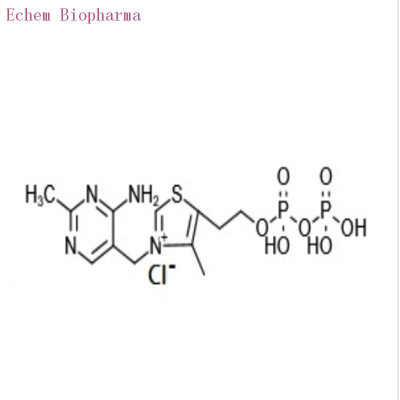-
Categories
-
Pharmaceutical Intermediates
-
Active Pharmaceutical Ingredients
-
Food Additives
- Industrial Coatings
- Agrochemicals
- Dyes and Pigments
- Surfactant
- Flavors and Fragrances
- Chemical Reagents
- Catalyst and Auxiliary
- Natural Products
- Inorganic Chemistry
-
Organic Chemistry
-
Biochemical Engineering
- Analytical Chemistry
- Cosmetic Ingredient
-
Pharmaceutical Intermediates
Promotion
ECHEMI Mall
Wholesale
Weekly Price
Exhibition
News
-
Trade Service
The study successfully resolved the genome sequences of 8 species of Pliocephalidae and 2 species of Perciformes (used to help infer the evolutionary relationship of species).
Professor Lv Zhenming, Associate Researcher Gong Li, Associate Professor Chen Yongjiu, Associate Professor Liu Liqin from Zhejiang Ocean University, as well as Dr.
Academy of Sciences Academy of Sciences
The flounder fish (commonly referred to as the flounder) is one of the most unique bony fishes found on earth to date.
The answer to this question can be traced back to the Darwin period, but the question has not been fully clarified for more than 100 years.
Figure 1: The non-monophyletic origin of fishes of the order Pleuroides.
Figure 1: The non-monophyletic origin of fishes of the order Pleuroides.
In addition, the researcher’s experimental analysis of fat genes determined that the unique fat-related genes of plaice fishes accelerate the oxidative decomposition of their body fat and reduce the amount of fat accumulation, which further explains the low levels of plaice fishes.
Figure 2: The flat body shape and possible formation mechanism of the fish of the order Silliformes.
Figure 2: The flat body shape and possible formation mechanism of the fish of the order Silliformes.
Previously, scientists from the Yellow Sea Fisheries Research Institute of the Chinese Academy of Fishery Sciences published a paper in Nature Genetics in 2017 that found that RA may be related to body axis asymmetry.
Through further comparative analysis of the expression profiles of the left and right sides of the body in the metamorphosis process of the flatfish, it is found that some core genes in these two pathways do appear asymmetrical expression on the left and right sides, which also shows that The possible genetic basis for the development of asymmetric body axis of the plaice (Figure 3).
Through further comparative analysis of the expression profiles of the left and right sides of the body in the metamorphosis process of the flatfish, it is found that some core genes in these two pathways do appear asymmetrical expression on the left and right sides, which also shows that The possible genetic basis for the development of asymmetric body axis of the plaice (Figure 3).
In addition, the researchers also found that in order to better adapt to benthic life, some genes related to vision, immune response, hypoxic response, and cardiovascular development in plaicefish have changed.
Through this research, the researchers not only basically clarified the origin of plaice fishes and the formation mechanism of their unique body shapes that have plagued scientists for many years, but also greatly deepened the formation of humans’ right-left symmetrical body axis dominant in the animal kingdom.
Zhejiang Ocean University, Northwestern Polytechnical University, China Kexue Yuan South China Sea Institute of Oceanology, Chinese Kexue Yuan Kunming Institute of Zoology, Chinese Kexue Yuan Institute of Hydrobiology, the generic name for the common units of this paper, the research was supported by the National Natural Science Foundation of China and "genetic resources "Evolution" State Key Laboratory Open Project and other projects.
Academy of Sciences Academy of Sciences
Related paper information: org/10.
org/10.
1038/s41588-021-00836-9" target="_blank">https://doi.
org/10.
1038/s41588-021-00836-9 https://doi.
org/10.
1038/s41588-021-00836-9







